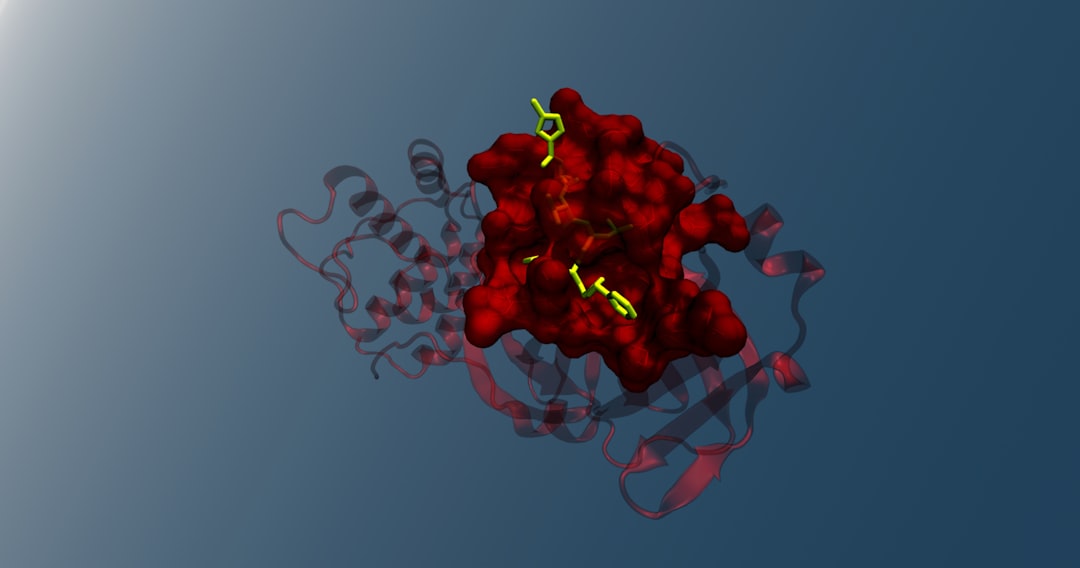What is it about?
Preantral follicles are small structures in the mammalian ovary that hold immature egg cells, called oocytes. There is evidence that there are identifiable patterns in the way these preantral follicles are spread within the mammalian ovary. In this experiment, we were able to establish, for the first time, that there are patterns to the distribution of these follicles in the ovary of a livestock species (specifically the horse). Furthermore, we were able to show, for the first time in any species, that the distribution patterns of these follicles in clusters and small “neighborhoods” depends on the follicle’s condition (good or bad) and location within the ovary, as well as the age of the mare.
Featured Image

Photo by George Tsivras on Unsplash
Why is it important?
Our findings show that there are indeed predictable patterns by which follicles are organized throughout the mare ovary. Indeed, these patterns of clusters and neighborhoods vary depending upon the age of the mare, condition of the preantral follicle, and the developmental classification of the follicle. This provides further evidence that preantral follicles follow a migration pattern as they develop in the ovary, supporting a hypothesis termed “ovarian plasticity.” Understanding the distribution patterns of ovarian preantral follicles is vital for the improvement of assisted reproductive techniques and, ultimately, improvement of female fertility. Additionally, with the mare being an excellent animal model for human reproduction, increased understanding of how follicles develop in the mare may reveal aspects of how follicles develop in the woman.
Perspectives
It is our hope that this article makes it clear to the reader the practical aspects of understanding patterns of preantral follicle clusters. These structures are the “building blocks” for female fertility, and if we can predict the distribution layout of preantral follicles, targeted samples that are dense in preantral follicles can be collected. There is still a lot to be learned regarding female fertility and preantral follicle development, and the results from this study have important implications regarding the most efficient ways to obtain material rich in preantral follicles. In the future, we would like to see more studies exploring preantral follicle distribution patterns in other animal species.
Kendall Hyde
Read the Original
This page is a summary of: Characterization of preantral follicle clustering and neighborhood patterns in the equine ovary, PLoS ONE, October 2022, PLOS,
DOI: 10.1371/journal.pone.0275396.
You can read the full text:
Contributors
The following have contributed to this page










